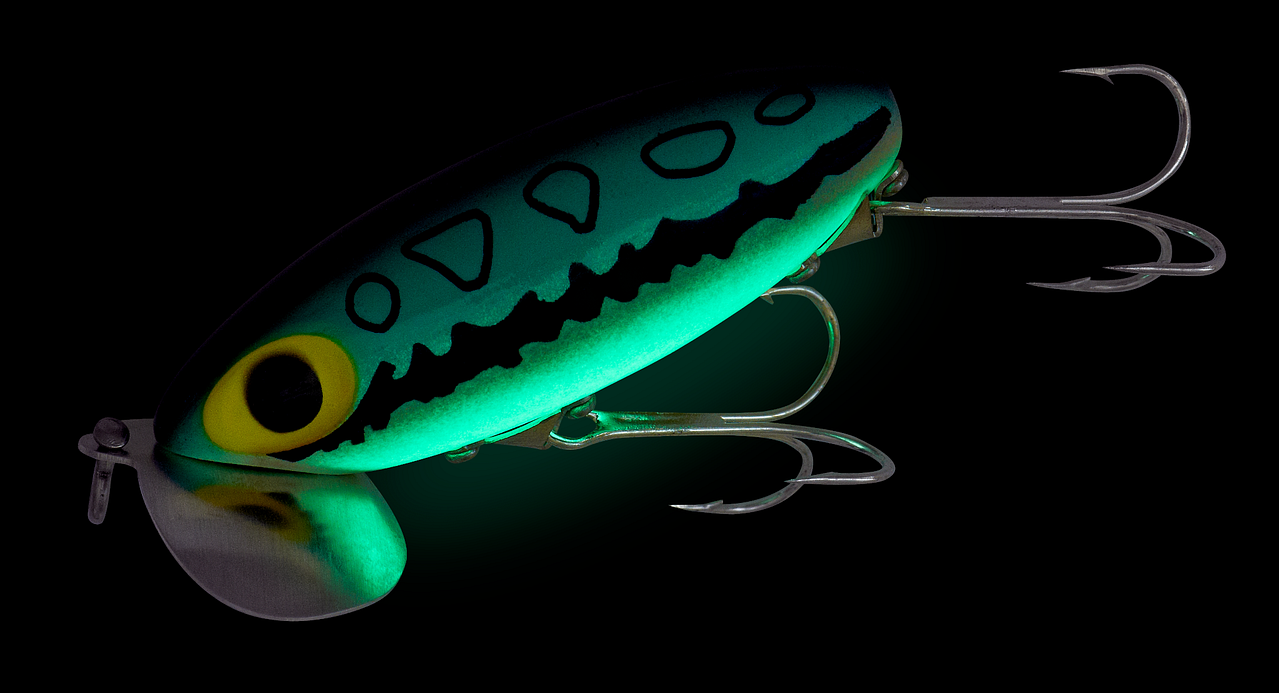- Oct 15, 2021
Go With the Glow to Catch More Fish
Baits that light up the night do more than just look spooky. Learn to increase your catch rates with glow-in-the-dark or illuminated lures.
Glow baits are cool. Simple as that. And when they light the night, there’s an undeniably spooky quality that goes with October.
Novel appeal only goes so far with fishing lures, though. Functionality is far more important. Thankfully, lures that hold a glow or are otherwise illuminated offer practical benefit. Namely, when used in the right situations, they help you catch more fish.
Glow offerings come in a broad range of sizes and in baits designed to work all parts of the water column and for many kinds of fish. Popular applications include night-fishing, ice fishing and working dirty water, but opportunities don’t end there.



